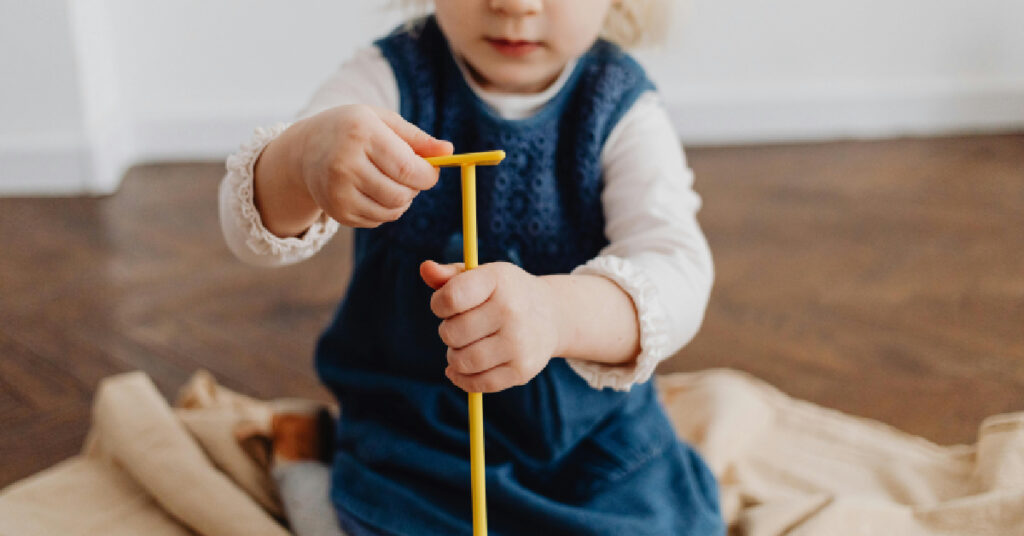
15 Best Toys for Building Independence — That Aren’t Boring or Overhyped
From magnetic tiles to dolls and pretend kitchens, these 15 toddler toys are actually worth the shelf space — and designed to encourage solo play and confidence.
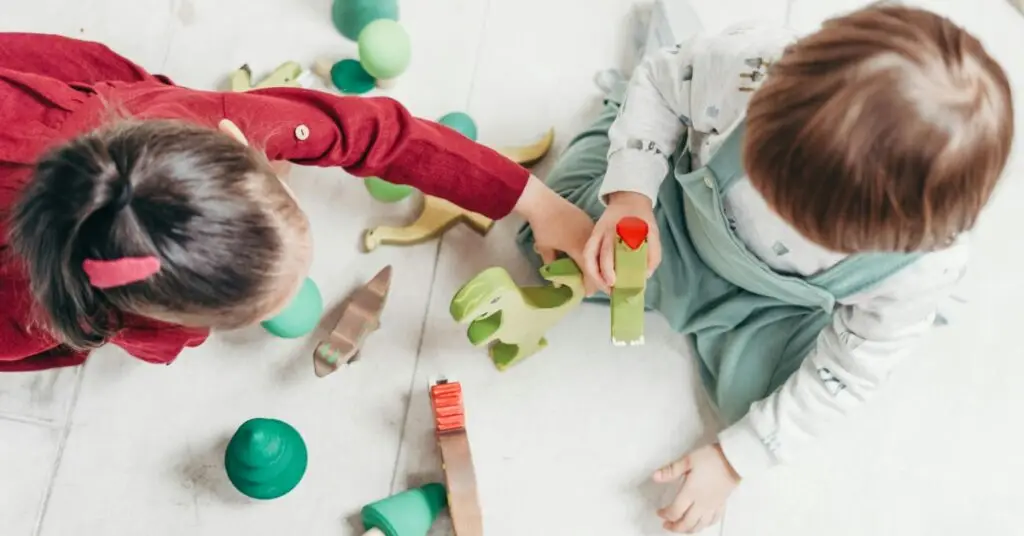
If you’ve ever begged the universe for just five minutes to drink a hot coffee or go to the bathroom in peace — you already understand the dream of independent play.
But what actually is it? Can toddlers really do it? And how do you make it happen when your kid wants to be on your hip 24/7?
Let’s break it down — no Pinterest perfection, no guilt. Just real talk about why independent play matters, how to encourage it, and what finally worked in our house (spoiler: it has wheels and lights).
Independent play is when your child plays alone — even just for a few minutes — without needing your constant involvement. It’s not about ignoring them or leaving them completely alone, but about encouraging moments of self-led exploration, creativity, and confidence.
It’s not passive. It’s not a “lazy mum” tactic. It’s actually a powerful developmental tool that helps build problem-solving skills, focus, emotional regulation, and imagination.
And for parents? It’s a tiny slice of breathing room in a day that probably involves snack negotiations, meltdown management, and reheated coffee.
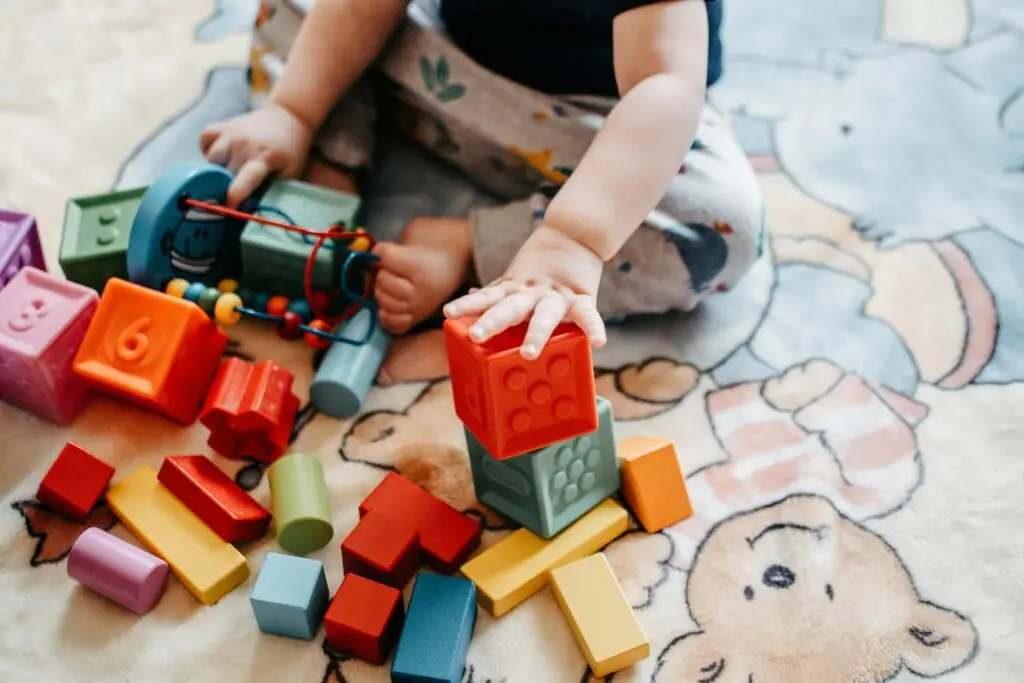
et’s keep it real — this doesn’t mean a 2-year-old will happily entertain themselves for an hour while you write a novel. Independent play is gradual, varies by personality, and depends on your child’s age.
Here’s a general guide:
Remember: no child plays independently all day. Even small chunks are valuable.
Read More: Independent Play by Age: What’s Realistic at 1, 2, 3, 4, and 5?
For them:
For you:
This isn’t about being selfish — it’s about sustainable parenting. We’re allowed to breathe, too.
Read More: Independent Play for Toddlers: Why It Matters and How to Start
We’ve tried so many toys that promise to be “engaging,” only to be abandoned in 3 minutes flat. But this garbage truck toy surprised us.
It’s friction-powered (so it zooms without batteries), has lights and sounds, and even comes with a mini dumpster that attaches to the back. My toddler instantly decided he was the neighbourhood bin collector, and now this truck gets used every. single. day.
He plays out full scenarios, loads and unloads tiny blocks, and drives “trash routes” across the house — often completely on his own.
You don’t need a Montessori playroom or a Pinterest-worthy shelf rotation. Here’s what helped us:
Read More: Toddler Independent Play – How to Encourage It plus Open Ended Play
Independent play isn’t always quiet or tidy. Sometimes it looks like chaos. Sometimes they’ll stop every 3 minutes to show you something. That’s OK.
This isn’t about perfection — it’s about practice. It’s about teaching them (and yourself) that solo play is safe, fun, and doesn’t mean “ignored.”
There will be regressions. There will be days it doesn’t work at all. Keep going.
Independent play isn’t a one-size-fits-all miracle — but it is one of the most helpful tools in the parenting toolbox. It gives your child space to grow and gives you the space to breathe.
And if you’re wondering where to start?
Start with one toy that encourages pretend play and doesn’t scream for your attention every 5 seconds.

From magnetic tiles to dolls and pretend kitchens, these 15 toddler toys are actually worth the shelf space — and designed to encourage solo play and confidence.
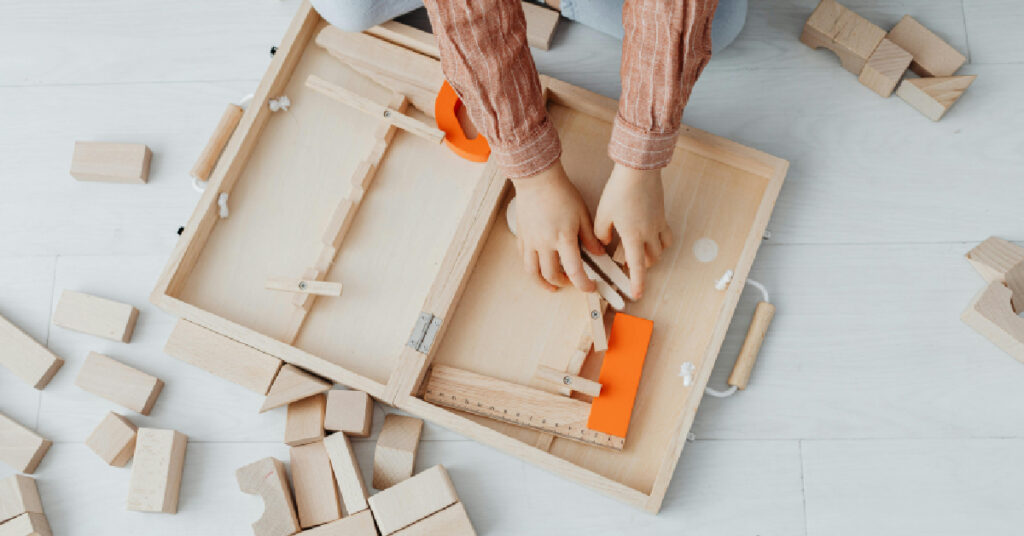
Delve into the world of loose parts play with our selection of toys that inspire exploration and innovation. Perfect for enhancing your toddler’s sensory and cognitive skills.
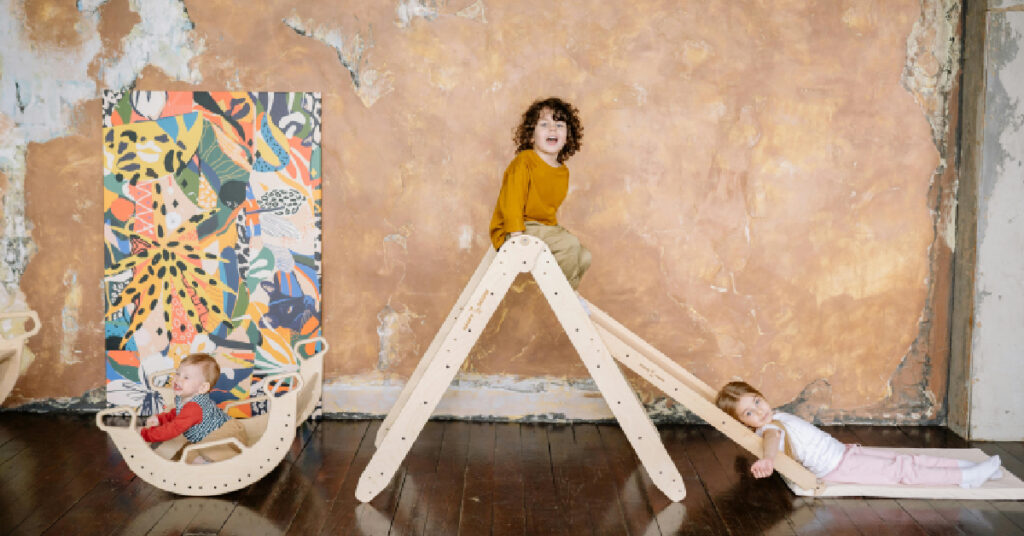
Simple, real-life play space ideas for toddlers that spark imagination, support independence, and give you a moment to breathe — no Pinterest-perfect setup required.
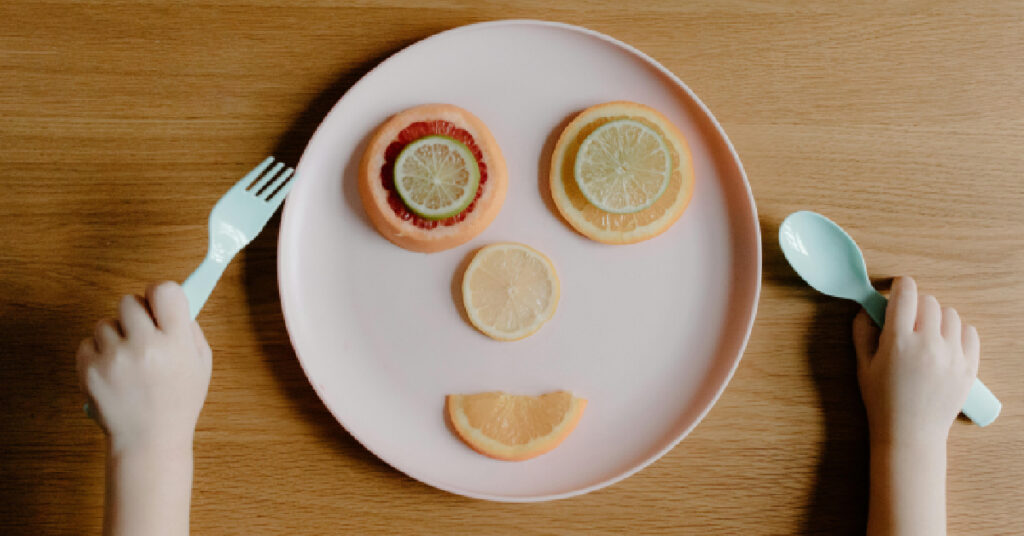
When the milk spills, the toddler tantrums, and your patience snaps before 9AM — you’re not failing. This is one mum’s story of surviving the messy mornings and finding connection in the chaos.
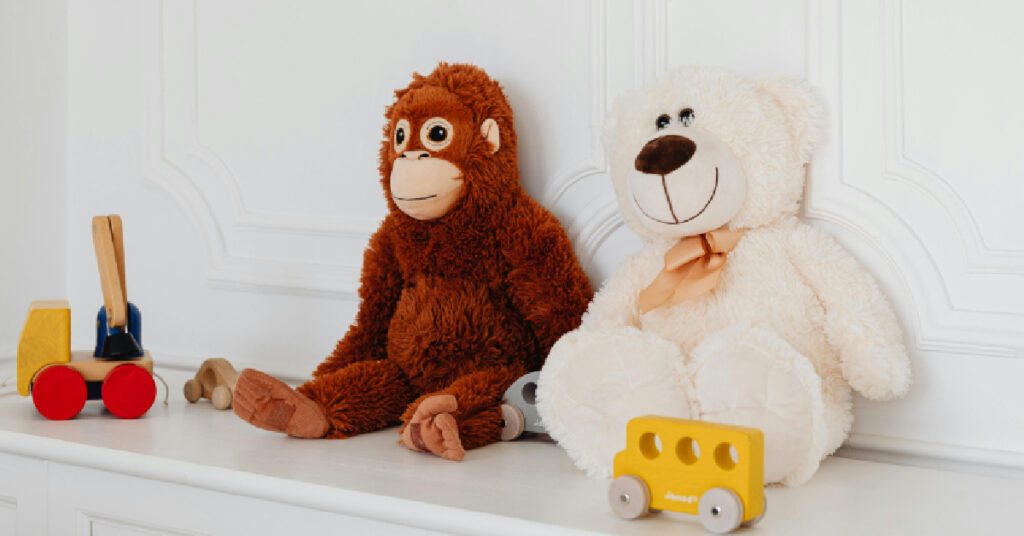
Discover how a simple toddler play schedule can create calmer days, boost independent play, and give you back precious breathing space — no strict routines required.

One chaotic morning, I realised the tension in the house wasn’t just coming from my toddler — it was coming from me. This is the story of how I stopped fuelling the chaos and started checking my own emotional thermostat first.